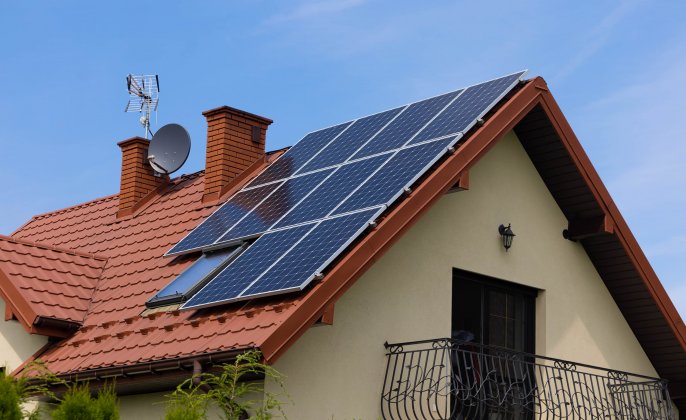What is Energy Efficiency?
Interview with an Expert
The best way for us to inform ourselves in terms of energy efficiency, and the systems on which it is based is to talk to an expert. This is why we have turned to Luka Naglić, M. Eng, who has been working in the field of energy efficiency for over a decade. For the past four years, Luka has been working on the GEFF Programme, as a technical expert for Serbia and Montenegro.
We asked questions we think the answers of which will interest you.
Put in layman’s terms, how would you explain ‘energy efficiency’?
The term energy efficiency most often means one of two things: one describes appliances and the other refers to measures and behaviour. EE appliances are those which have a high level of usefulness (useful effect), i.e., small amount of loss during the transformation of one form of energy into another. Where measures are concerned, EE measures are those applied with the aim of reducing energy consumption. Regardless of whether these are technical or non-technical measures, or adjustments in behaviour, all measures are considered to result in same or higher, even, levels of comfortable living or standards.
What types of EE technologies are available in Serbia and which are most prevalent?
In terms of the housing sector, the most frequent type of EE is building insulation, the installation of joinery (windows/doors) and the installation of boilers. As of late, the demand for heating pumps and solar panels has increased, used for producing electricity.
What do we achieve by installing EE technologies in family homes?
Save on your electricity and heating bills, while increasing the level of comfort in your home. In addition, these technologies have a positive impact on our environment as they reduce pollution levels, thus improving air quality, which is quite poor in our region.
Tell us more about EE windows and doors.
EE windows and doors are one of the most significant elements when we discuss the energy characteristics of a building. It is a fact that 40% of the energy required to heat a building is lost through windows and doors.
The GEFF Programme supports the purchase of windows and doors with the following values: Uw<1.3W/m2K.
We recommend the following when purchasing windows:
- If you have PVC windows, buy windows with 6 or 7-chamber profiles, they have more mass and are energy efficient.
- Purchase windows with triple glazing. The cost of purchasing triple-glazed windows is only slightly higher than the cost of double-glazed windows, but transmission heat loss is reduced by 30-40%.
Please explain the principle by which heat pumps work.
A heat pump is a device which transmits heat energy between various environments, usually between indoors and outdoors. When they are used to heat a building, energy is transmitted from outdoors to indoors. A heat pump can also function as air conditioning, transmitting indoor heat outdoors.
In heating mode, freon which is at the outdoor temperature is compressed and becomes hot. This heat energy is used to heat the building, whereby the freon cools. After decompression, the freon returns to the outdoor environment cooler than the surroundings. It can then once again absorb energy from the air or ground, thus repeating the process. Compressors, ventilators and pumps all run on electricity.
The efficiency of heat pumps is expressed as the coefficient of performance (COP) or seasonal coefficient of performance (SCOP). The higher this number, the more efficient the heat pump and the less energy it requires to operate.
The GEFF Programme supports the purchase of heat pumps with the following: COP>4.3.
By what criteria should someone who decides to invest in these technologies be led?
The most important criterion should be that they are able to satisfy a specific need, that is, be a solution to a specific issue the user has, one of importance relative to energy consumption.
The second criterion is the time it takes for a return on investment through reduced energy costs. The GEFF team has prepared an online EE Calculator, which the client can use to calculate the amount of savings they will achieve by investing in EE technologies.
What advice do you have for those who decide to move to EE technologies?
First, that they need to invest in reducing energy costs. This includes insulation of the building (separate roof and wall insulation) and installation of EE joinery (windows and doors). This not only generates energy savings, it also increases the comfort of living and reduces investment in heating systems.
The second step should be the installation of energy efficient equipment (efficient boilers and heat pumps) or equipment that produces energy through the use of renewable sources (solar photovoltaic systems, i.e. solar panels or solar water heating systems).
In collaboration with the GEFF, we provide our clients with energy efficient loans, and anyone who takes out this type of loan can receive as much as 20% of their investment back.


